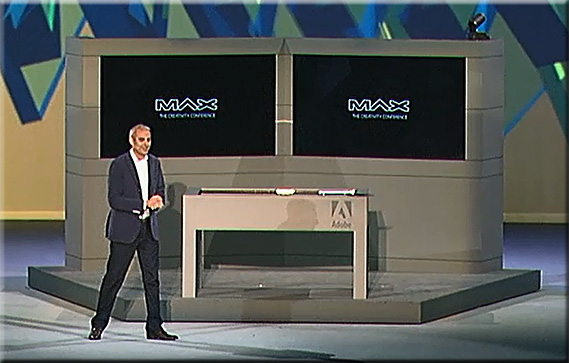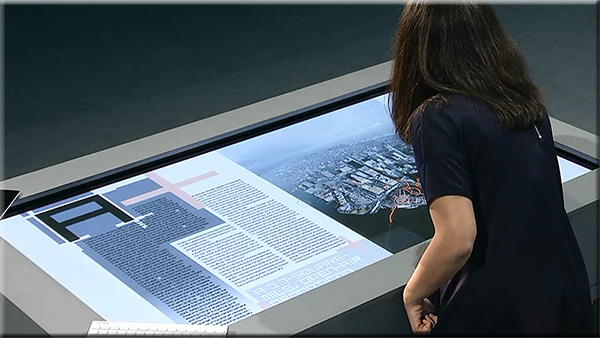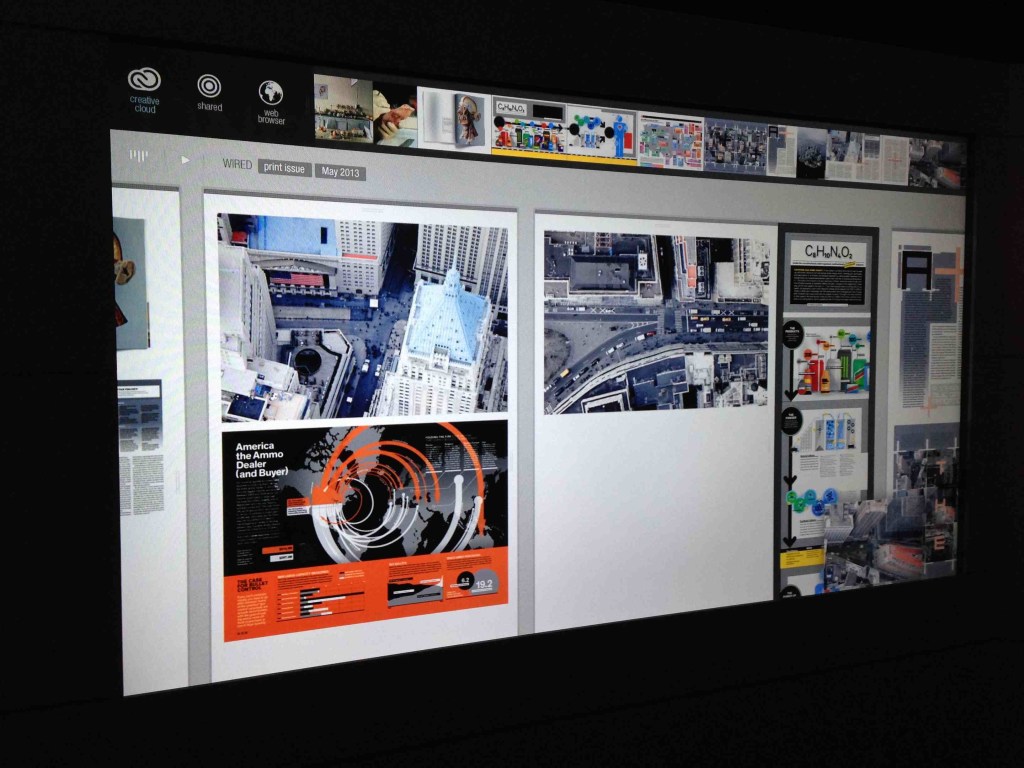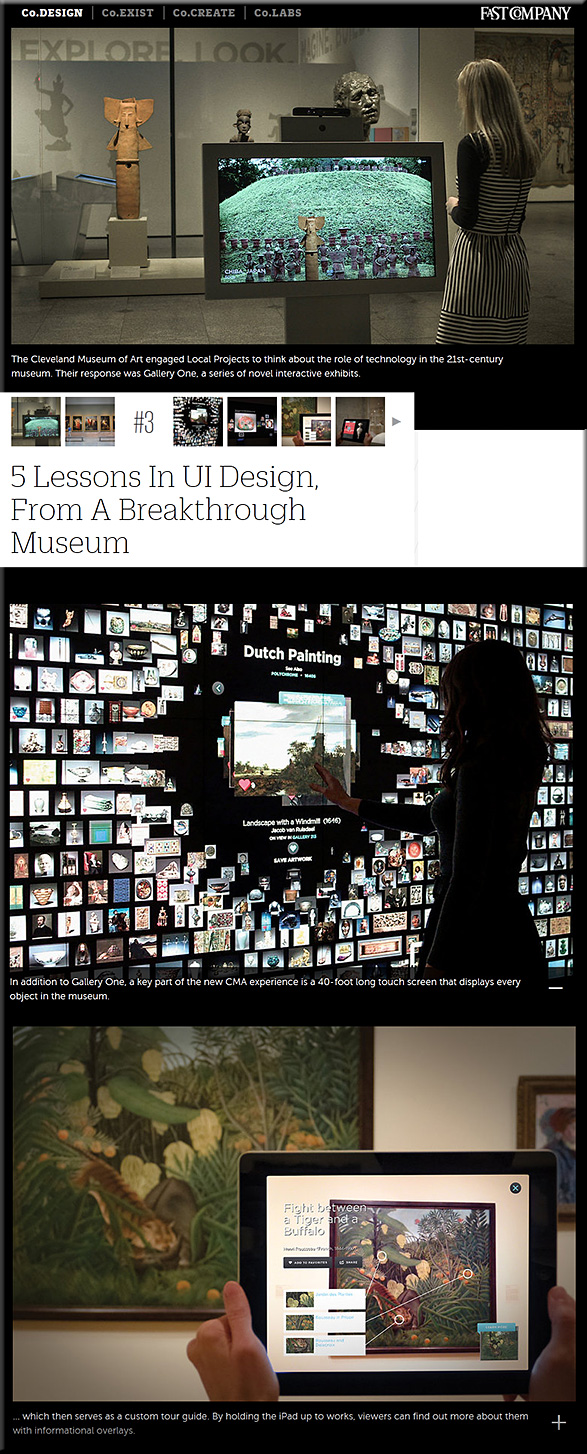Mobile devices as clickers: One Elon professor shares experiences — from by Heidi Hollingsworth, Assistant Professor in the Education Department
Excerpt:
I’ve been using an alternative to traditional student response system (clickers) this year: Socrative.com. Instead of giving students a clicker device, each student enters responses on her or his smartphone, iPad, or laptop.
Here are some of the ways I use Socrative…
From DSC:
Again, this ties in nicely with my earlier comments re: building/leveraging the power of an ecosystem. Those of us working with smart classrooms and learning spaces need to consider this type of thing.











![The Living [Class] Room -- by Daniel Christian -- July 2012 -- a second device used in conjunction with a Smart/Connected TV](http://danielschristian.com/learning-ecosystems/wp-content/uploads/2012/07/The-Living-Class-Room-Daniel-S-Christian-July-2012.jpg)





















